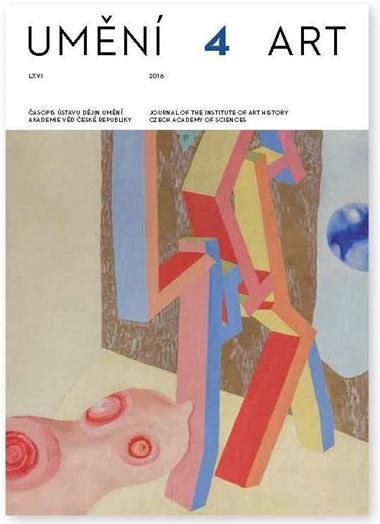Michal Šroněk
Tovaryšstvo Ježíšovo a město jako prostor řádové reprezentace
The Jesuit Order, introduced to the Czech Lands in 1556, became one of the most important and also most successful participants in the Catholic Counter-reformation. Although the Jesuits were also active in rural areas, they took up their main positions chiefly in the towns and cities, which the founder of the Order, St Ignatius of Loyola, considered to be the ideal missionary field in which the Society could influence all social strata, generations and also ethnic groups. In Prague the Jesuits founded the first Prague Jesuit College, the Clementinum in the Old Town, at the foot of Charles Bridge, an important communication channel of the Towns of Prague. The Lesser Town professional house with the Church of St Nicholas was established on the central square of the Lesser Town and the monumental cupola and bell tower became a striking feature of the Prague panorama. The third Prague building of the Society of Jesus with the Church of St Ignatius was built in the New Town and became the dominant feature of what is today called Charles Square. The Jesuits took advantage of the positions of the Prague buildings of the Order and especially the facades of the churches for the presentation of the Order. The programmes of their sculptural decoration emphasised the important position of Christ the Redeemer in the religiousness of the Order. This idea is recalled repeatedly by the motif of the Cross, the initials IHS and also the figure of Christ. They also emphasised the teachings and missionary role of the Order, represented by the two ‘pillars’ — St Ignatius of Loyola and St Francis Xavier — who developed the heritage of the Apostles and are confirmed in their actions by the presence of the authority of the Church Fathers. It is remarkable that, in contrast to the Jesuit churches in Munich and Vienna, there is far less implementation of the representation of their royal or aristocratic founders and supporters in the decoration of the facades of the Jesuit churches in Prague. The facades of the Prague churches of the Society of Jesus testify therefore, among other things, to the extraordinary self-confidence of the Order and perhaps it might be said, with some exaggeration, that in their unexpressed, but for the the initiated viewer easily legible, message they declared not only Ad maiorem Dei Gloriam, but also the daring Ad maiorem Dei [et Societatis Jesu] Gloriam.
Full-text in the Digital Library of the Czech Academy of Sciences:
https://kramerius.lib.cas.cz/uuid/uuid:8b5e956c-d389-447b-8d9c-022c220a687a
< back

